What life was like on a 17th century warship
Imagine stepping onto the deck of a 17th-century warship, the salty sea breeze whipping through your hair as you prepare to set sail for distant lands. These majestic vessels were the pride of their nations, brimming with cannons and crew ready for adventure.
Warships of this era, like the Spanish galleons or the English ships of the line, were often at the forefront of naval battles, their presence a testament to burgeoning naval power.
The Crew: A Motley Mix of Characters
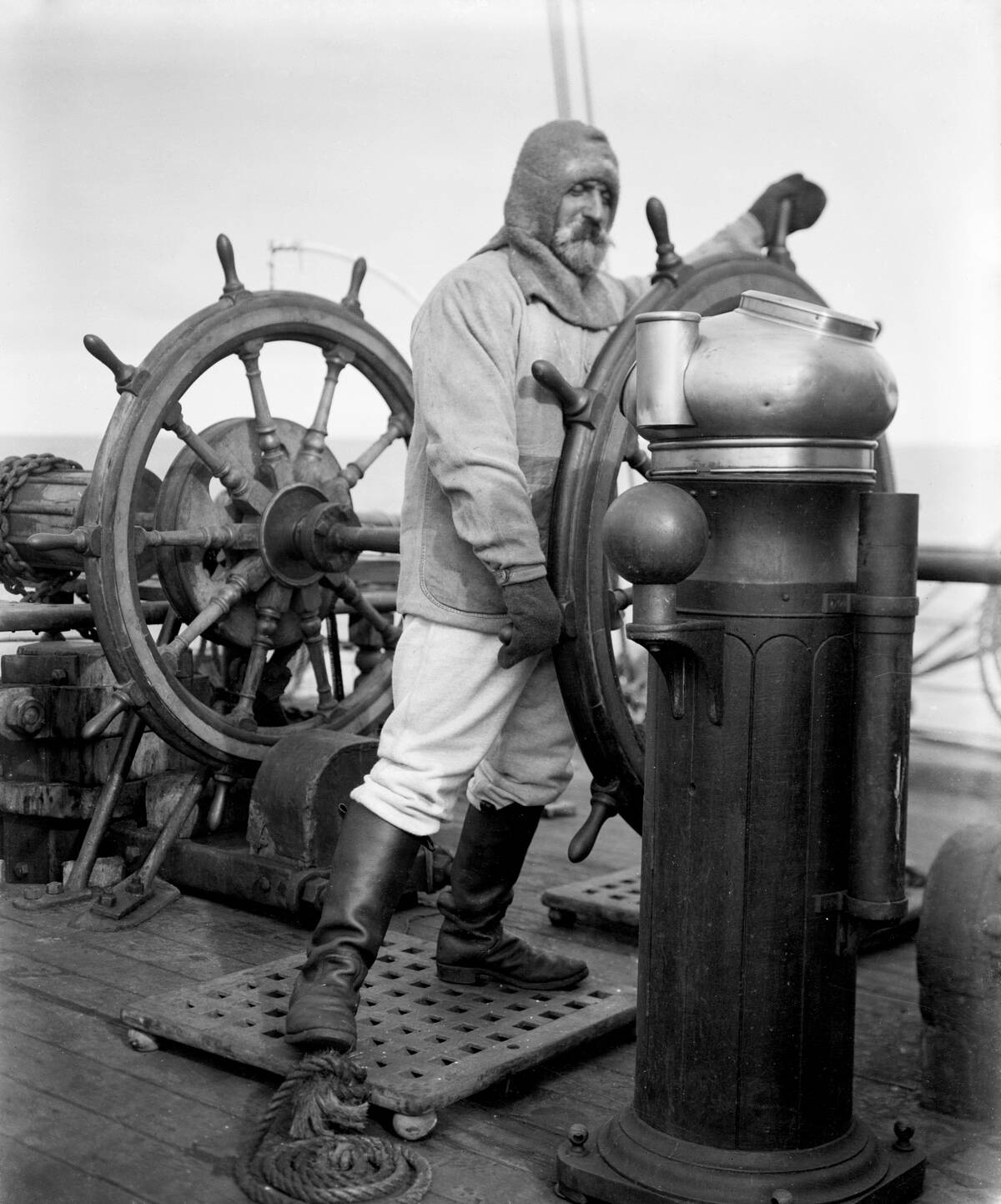
Life aboard these ships was a melting pot of personalities. The crew consisted of seasoned sailors, pressed men, and adventurers seeking fortune. Each person brought a distinct flavor to the ship’s life.
From the boisterous laughter of veteran sailors to the nervous chatter of young lads experiencing the sea for the first time, the ship was a floating community with its own social dynamics.
Daily Routines: Life Beyond the Battles
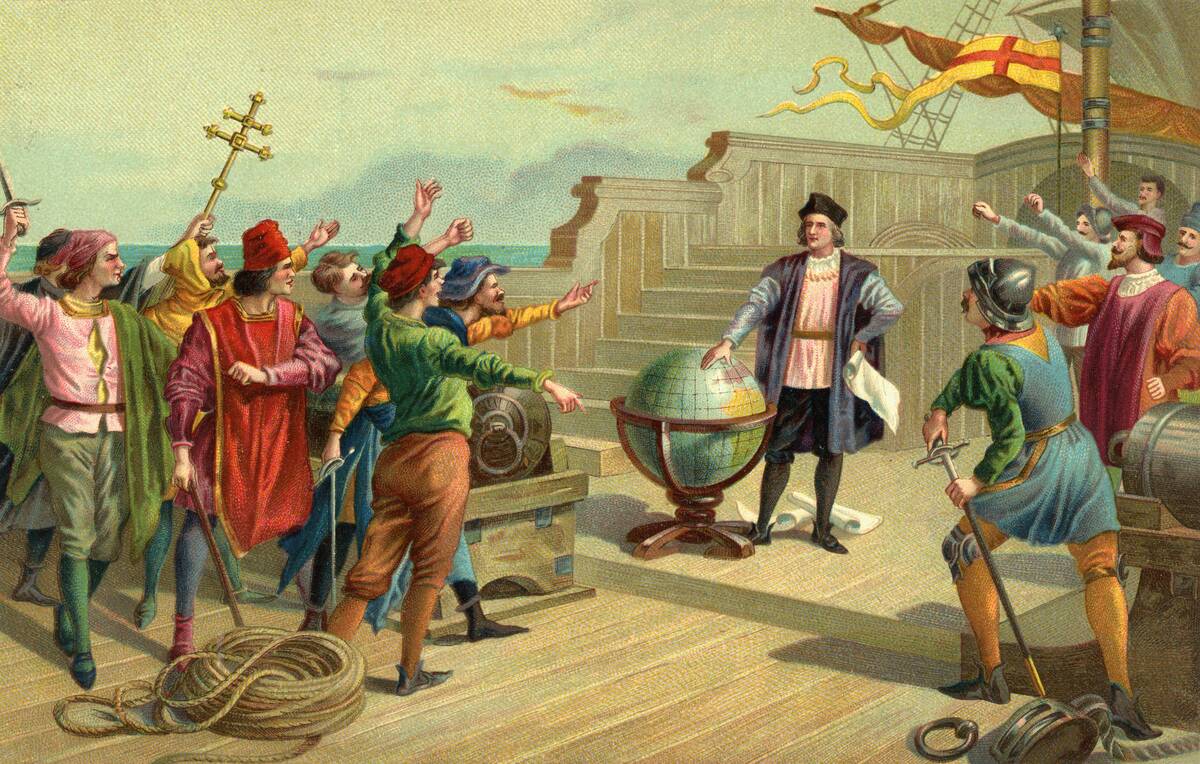
While battles were a part of life, much of a sailor’s day was spent on routine tasks. From scrubbing the deck to mending sails, the crew was kept busy maintaining the vessel.
Discipline and order were crucial, as was camaraderie, to keep the ship running smoothly. The day would start with the boatswain’s call, a signal for all hands to be on deck, ready to tackle whatever tasks awaited.
Ship’s Hierarchy: Who’s in Charge?
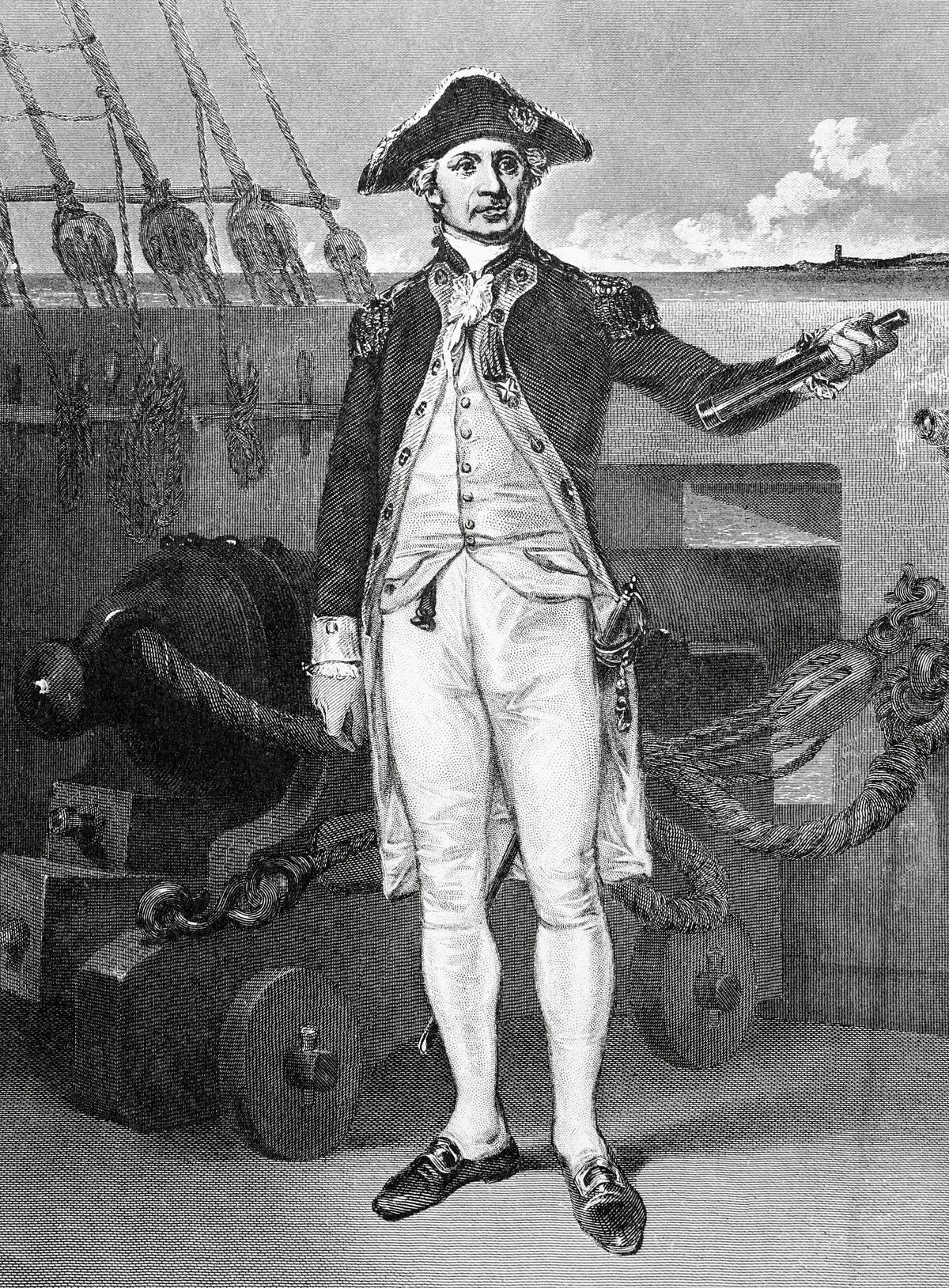
The ship’s hierarchy was as rigid as the wooden decks they stood on. At the top sat the captain, a figure of authority and respect, followed by officers who managed the crew’s daily operations.
The chain of command was essential for maintaining order, especially during combat when quick and decisive actions were necessary. Below them were the midshipmen, learning the ropes, quite literally, aspiring to move up the ranks.
Living Quarters: Cozy or Cramped?
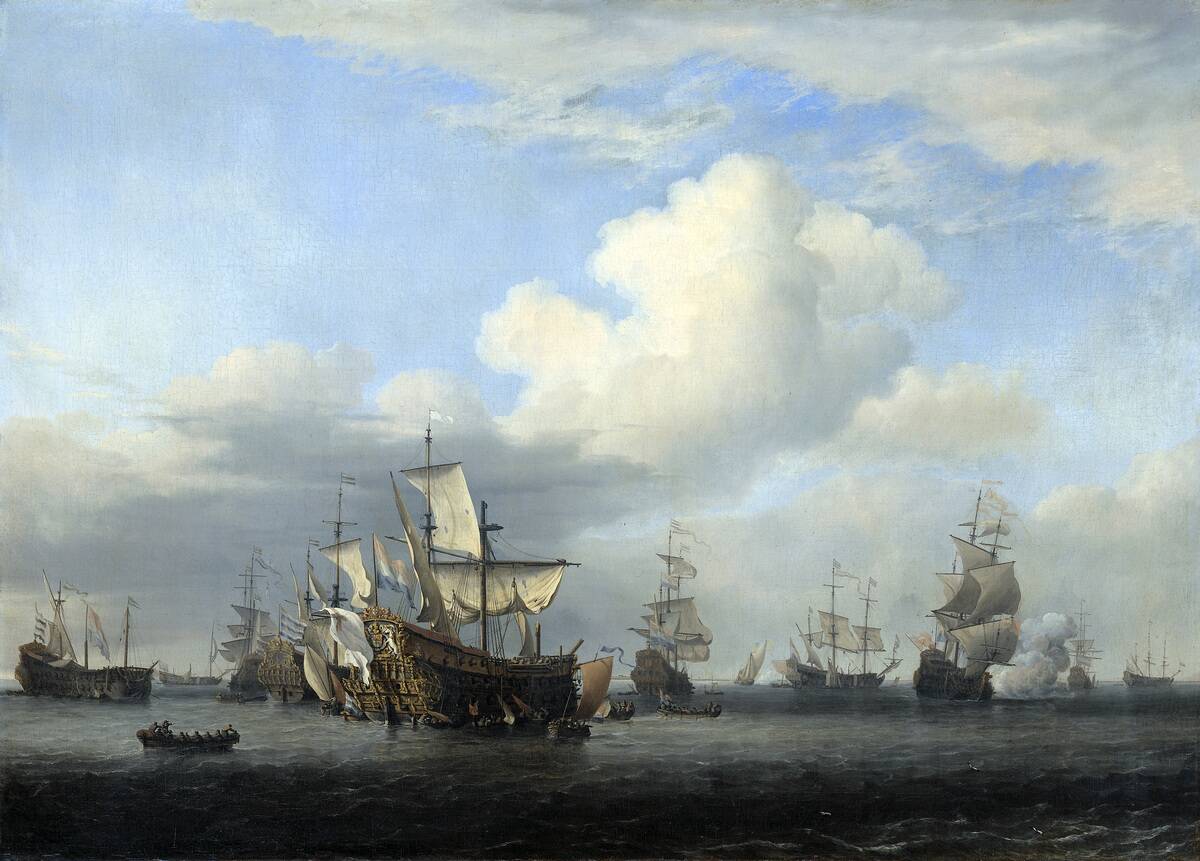
Living quarters on a 17th-century warship were anything but luxurious. Crew members often slept in hammocks, swinging with the rhythm of the ocean, packed tightly in shared spaces. The officers, however, enjoyed slightly more spacious cabins, though still modest by today’s standards.
Privacy was a luxury few could afford, making camaraderie and mutual respect vital for coexistence. The quarters were a world of their own, filled with the sounds and smells of life at sea.
Meals at Sea: Dining on the High Seas

Food on board was basic, with meals designed to last long voyages. Salted meat, hardtack biscuits, and dried peas were staples. The ship’s cook, often working in challenging conditions, played a crucial role in maintaining morale.
Fresh produce was a rare treat, usually consumed within the first few days of departure. Rum, however, was more abundant, serving as both a morale booster and a makeshift currency among the crew.
Health and Hygiene: Staying Clean (or Trying to)
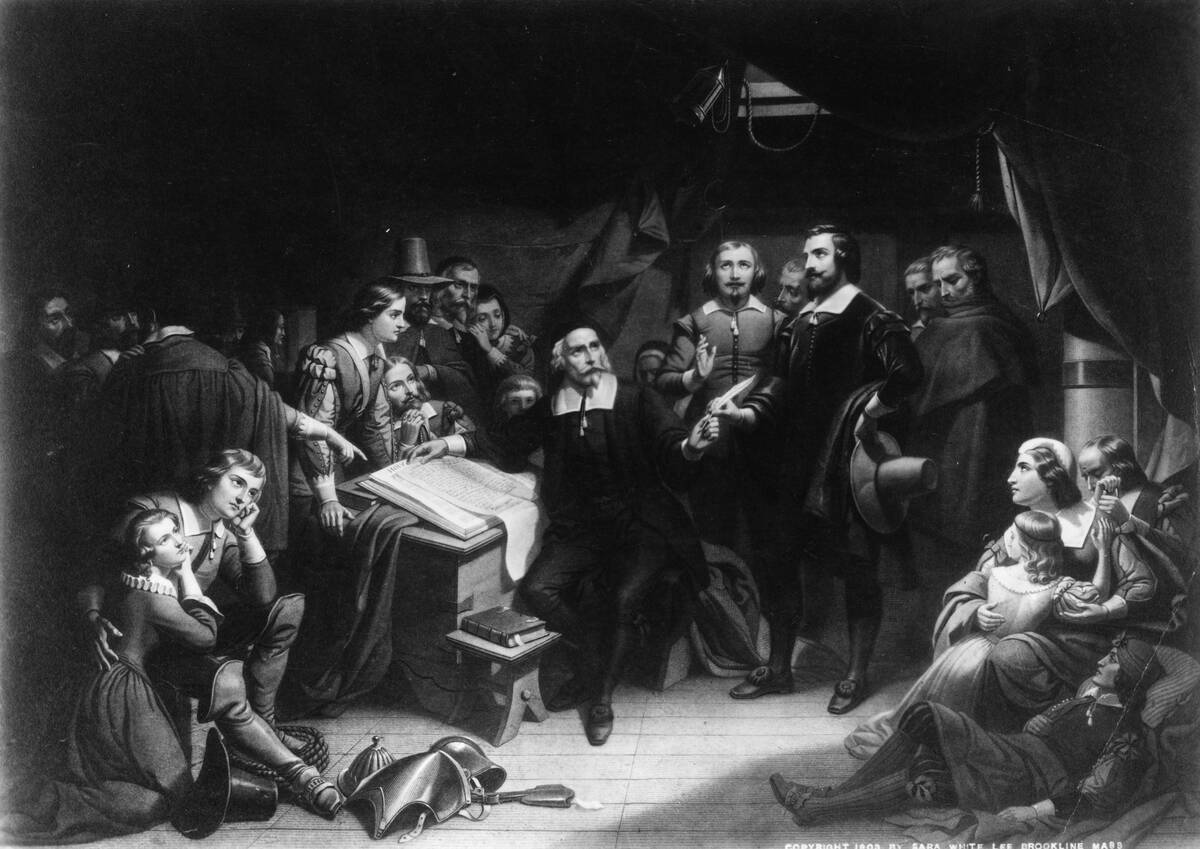
Maintaining hygiene on a warship was a constant challenge. Freshwater was scarce, so sailors often resorted to saltwater for washing. Diseases like scurvy were common due to vitamin C deficiency, and the cramped conditions facilitated the spread of illnesses.
Ship surgeons, though often lacking formal training, were vital, performing surgeries and tending to injuries with rudimentary tools. The crew had to rely on basic hygiene practices to keep themselves as healthy as possible.
Navigating the Seas: Tools of the Trade

Navigating the vast oceans required skill and a bit of luck. Tools like the cross-staff, backstaff, and later the sextant were essential for determining latitude, while the compass helped with direction.
Charts and maps, though often incomplete, guided the ship’s course. The navigator, an expert in reading the stars and the sea, was invaluable, ensuring the ship reached its destination safely. Their expertise was a blend of science, art, and intuition.
Weapons and Warfare: Arming the Ship
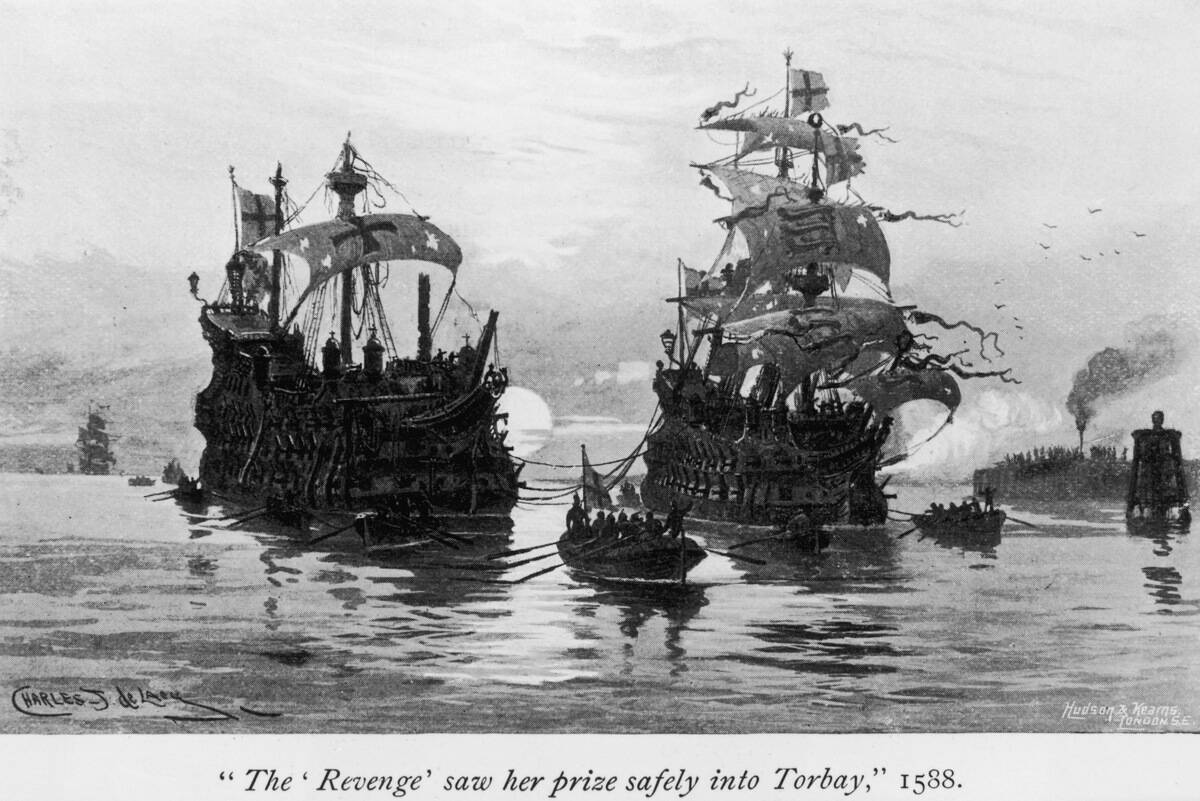
A 17th-century warship was a floating fortress, bristling with weaponry. Cannons lined the decks, each requiring a well-trained crew to operate. Muskets and pistols were also common, used in close-quarter battles.
The gunpowder, stored with utmost care to prevent accidental explosions, was the lifeblood of these weapons. The crew trained relentlessly to ensure they could reload and fire with speed and precision, crucial in the chaos of battle.
On-Deck Duties: Keeping the Ship Shipshape
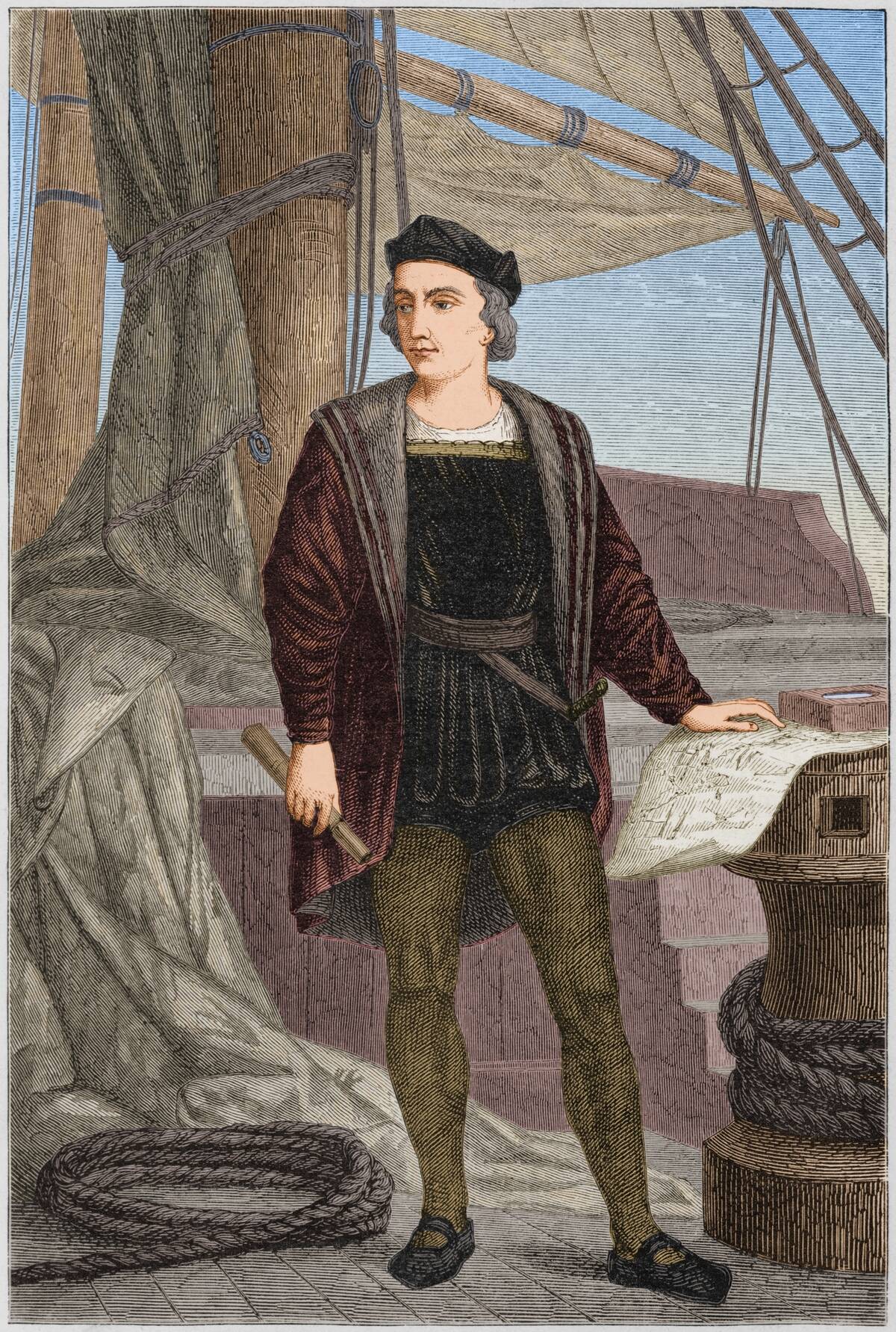
The deck was the heart of the ship, where most of the daily work took place. Sailors were responsible for a range of duties, from adjusting sails to steering the ship. Each task required coordination and teamwork, essential for maintaining the ship’s condition and performance.
The boatswain, a key figure on deck, directed these activities, ensuring that everything ran smoothly. Daily inspections kept the ship in fighting condition, ready for any encounter.
Entertainment and Pastimes: Passing Time at Sea
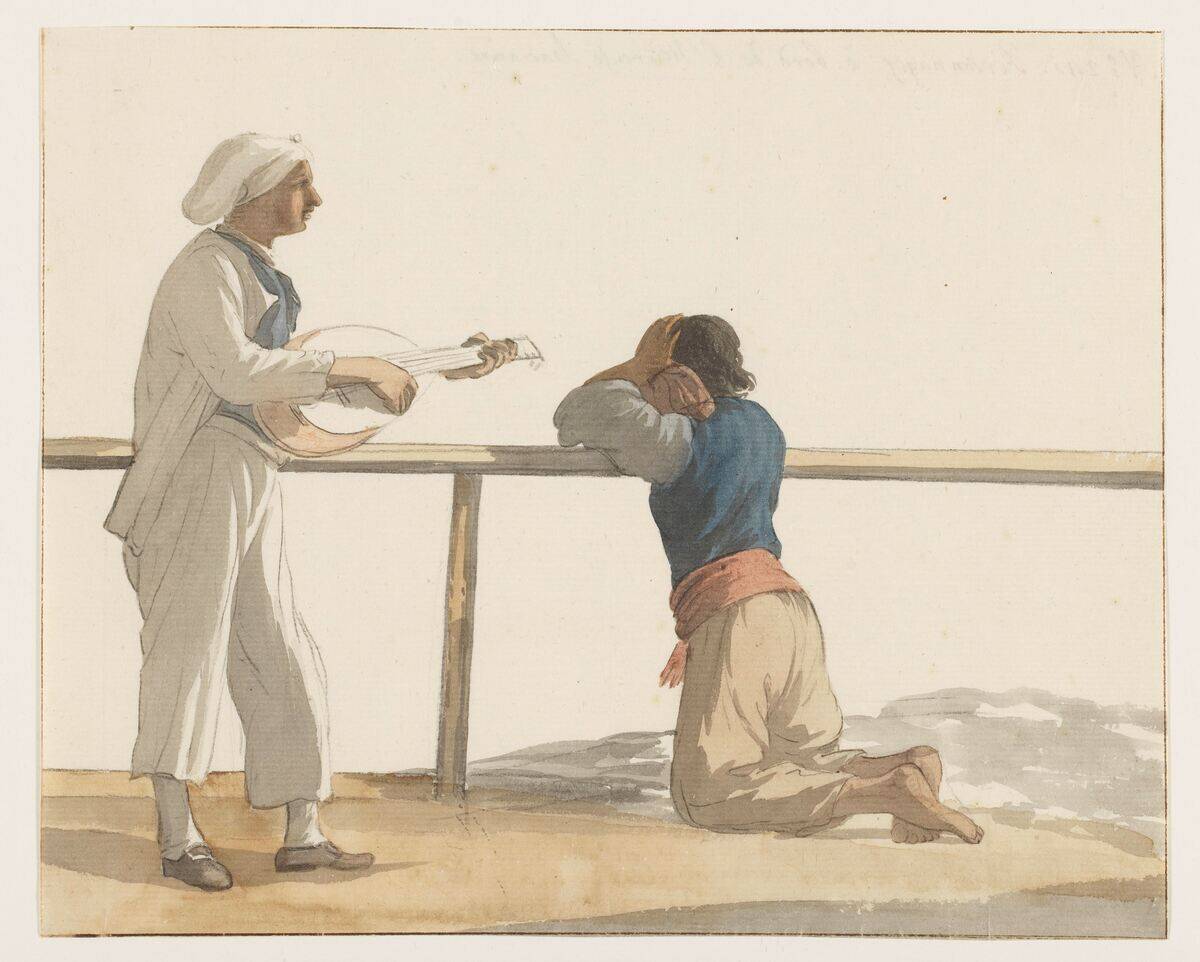
Life at sea could be monotonous, so sailors found creative ways to entertain themselves. Singing sea shanties, playing cards, and storytelling were popular pastimes. These activities not only passed the time but also fostered a sense of community.
Instruments like fiddles and drums were often brought aboard, providing music for impromptu gatherings. Such moments of leisure were cherished, offering a brief respite from the demanding life on the ocean.
Superstitions and Traditions: Sailor Lore
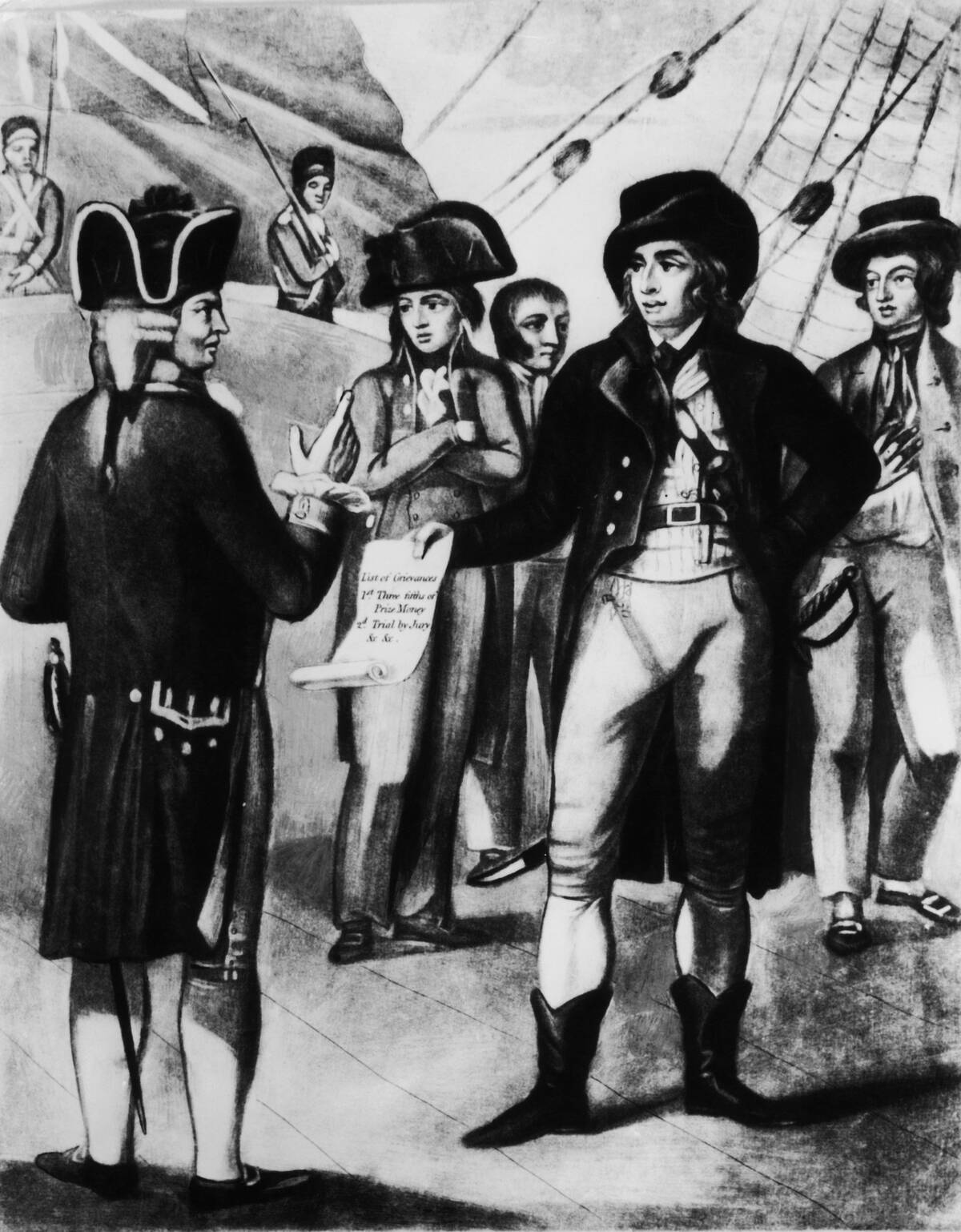
Sailors of the 17th century were a superstitious lot, with beliefs rooted in tradition and lore. Whistling on deck was thought to conjure strong winds, while a cat aboard was considered good luck. These superstitions were taken seriously, influencing daily life and decisions.
Traditions such as crossing the equator for the first time involved elaborate ceremonies, marking milestones in a sailor’s career. These rituals were as much about camaraderie as they were about luck.
Weathering the Storm: Facing Nature’s Wrath

Navigating through storms was a true test of a crew’s mettle. The sea could be unforgiving, with towering waves and fierce winds threatening to capsize the ship. Sailors had to secure everything on deck and adjust sails to ride out the tempest.
The captain’s leadership was crucial during these times, as calm and decisive actions were needed to steer the ship safely. Surviving a storm was a testament to the skill and resilience of the entire crew.
Ports of Call: Shore Leave and Exploration
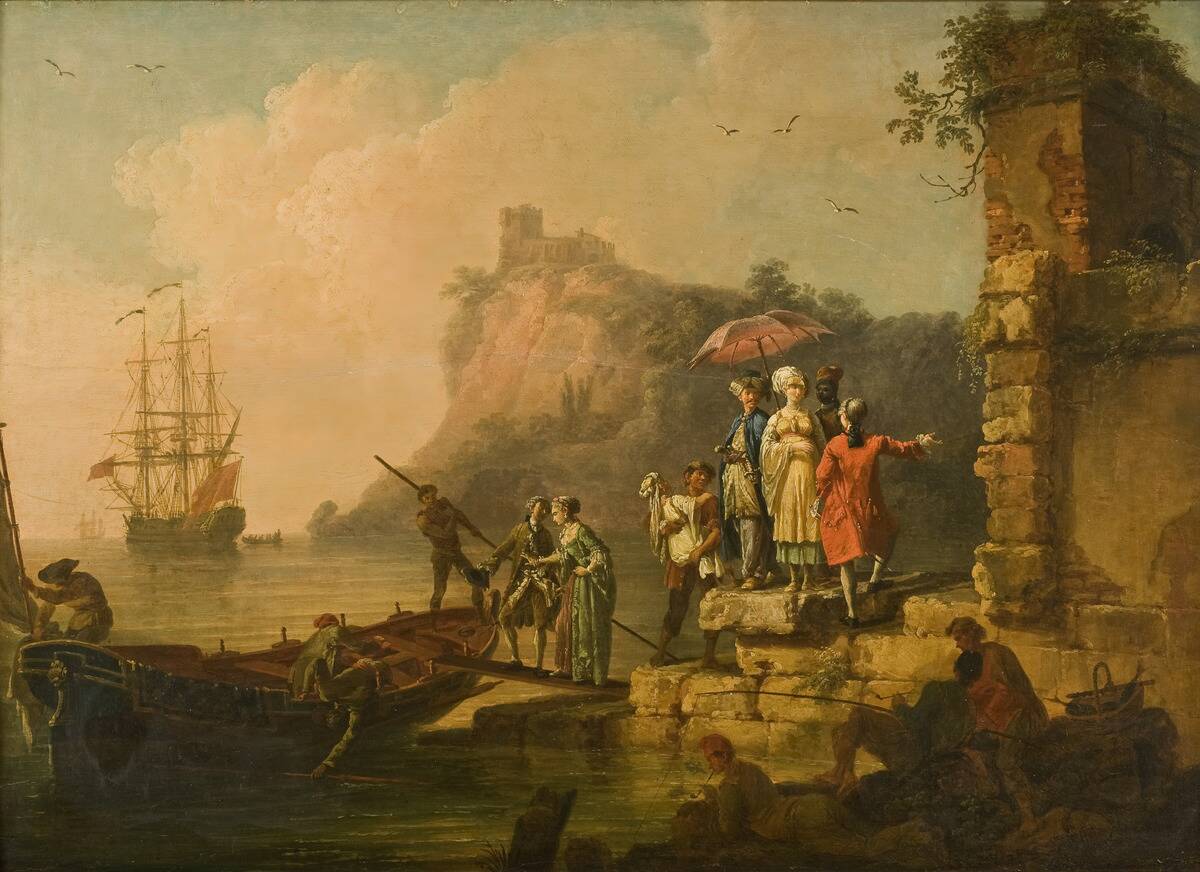
After weeks or months at sea, reaching a port was a welcome reprieve. Sailors could finally set foot on solid ground, often indulging in food, drink, and merriment. These stops were also opportunities for resupplying the ship and repairing any damage.
Exploring new lands was an added bonus, with sailors encountering different cultures and landscapes. Shore leave rejuvenated the crew, providing the necessary break before setting out on their next voyage.
Punishments and Discipline: Keeping Order on Board
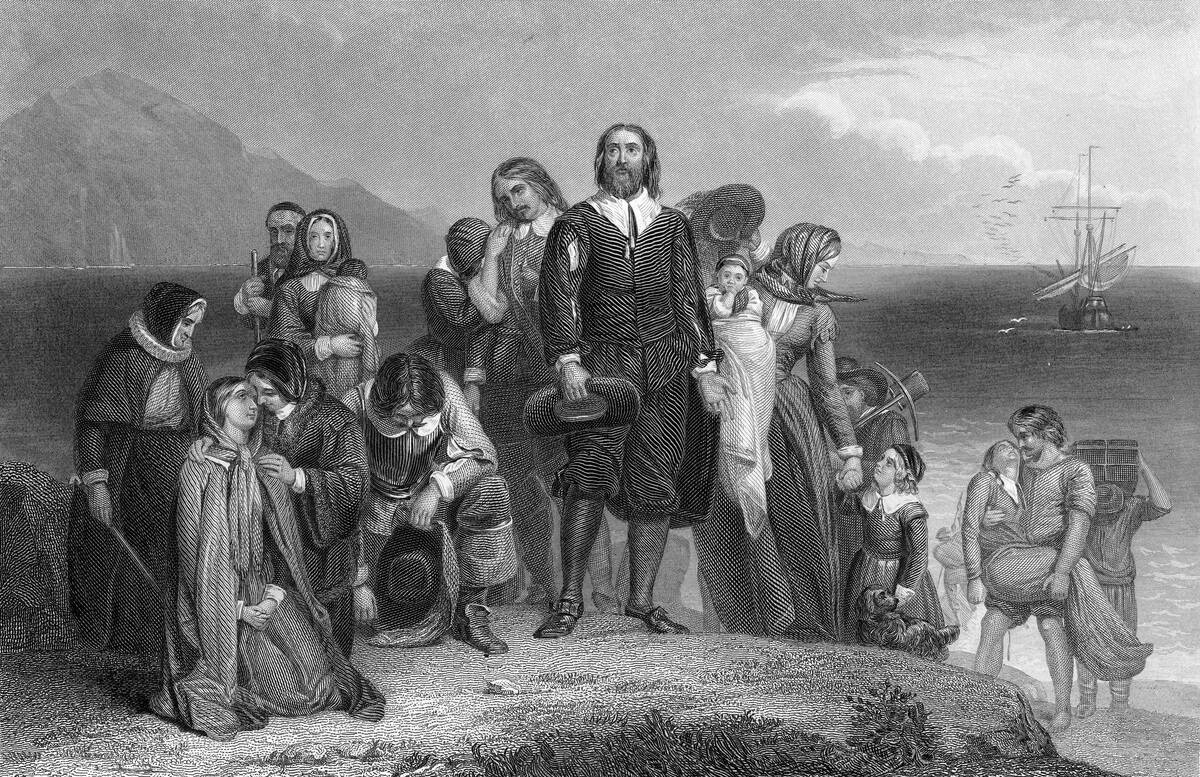
Maintaining discipline on a warship was crucial, often enforced through strict punishments. Offenses like theft or insubordination were met with harsh penalties, such as flogging or confinement.
The captain held significant authority, with the power to administer justice as seen fit. While these measures seem severe by today’s standards, they were considered necessary to maintain order and ensure the crew’s cohesion. Discipline was the backbone of life at sea.
Role of Women: Hidden Stories on a Warship
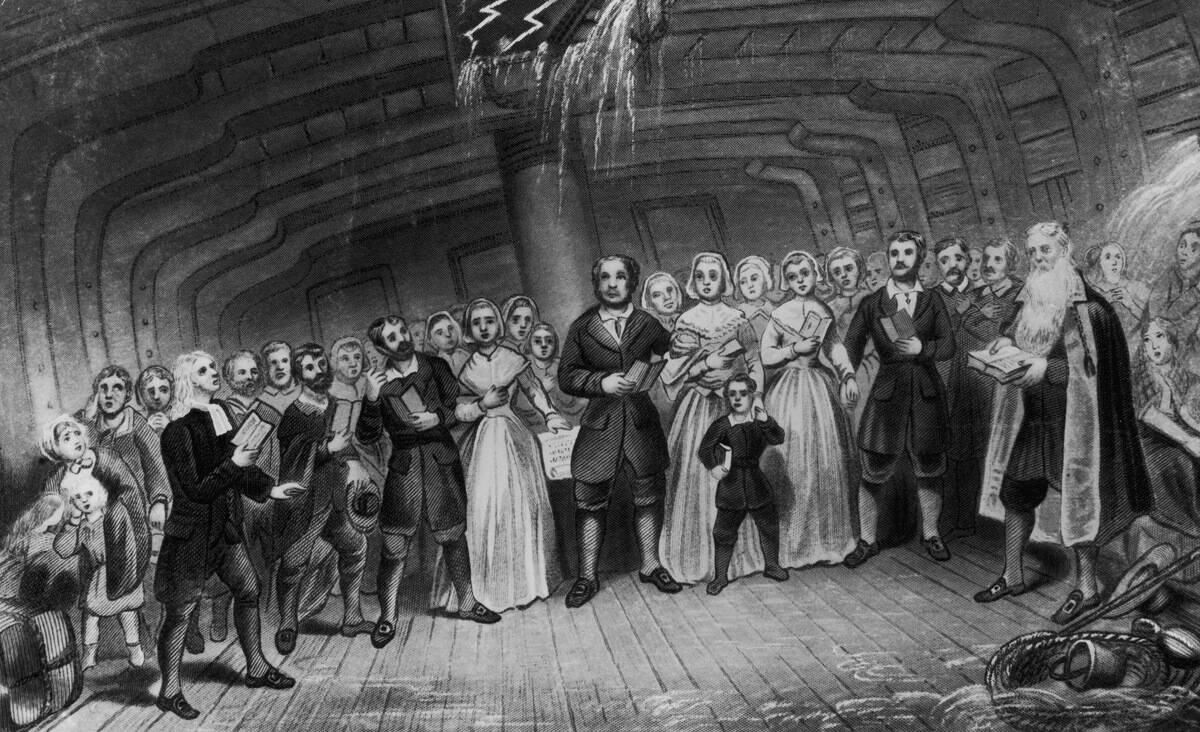
Women on 17th-century warships were rare, but not entirely absent. Some disguised themselves as men to join the crew, seeking adventure or escaping societal constraints. Others might be wives of officers, traveling with their husbands.
These women faced unique challenges, often hidden from the official records. Their stories, though few, offer a glimpse into the diverse lives aboard a warship. Their presence, though unconventional, added another layer to the ship’s dynamic.
The Ship’s Mascot: Animals at Sea
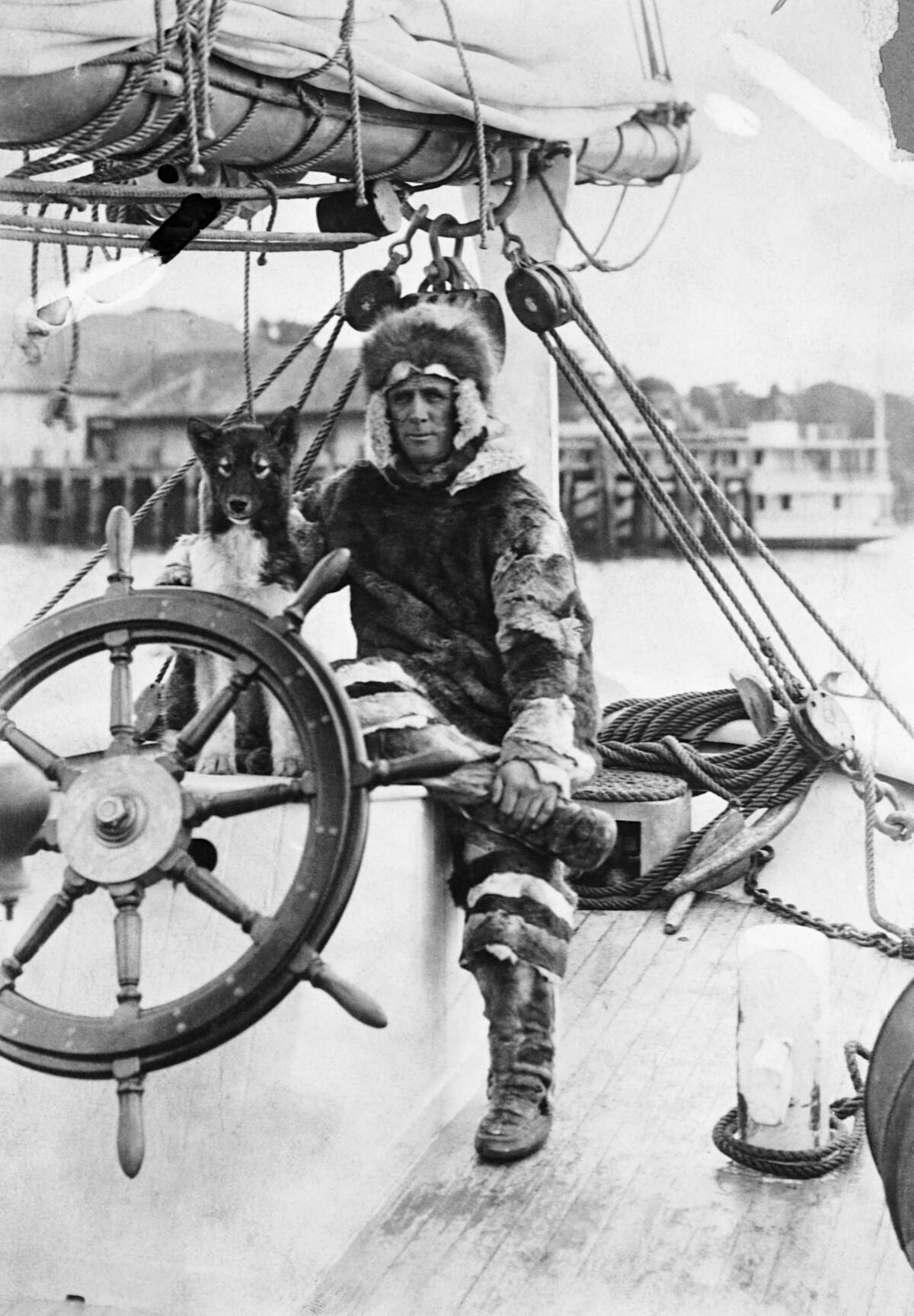
Animals were common companions on warships, serving as mascots or practical allies. Cats were favored for their ability to control vermin, while dogs provided companionship and security. Exotic animals acquired during voyages were sometimes brought aboard, adding to the ship’s menagerie.
These animals were more than just pets; they were part of the crew, offering comfort and amusement. The presence of animals helped boost morale, providing a sense of normalcy amidst the rigors of sea life.
The Legacy of 17th Century Warships: Influences on Modern Navies
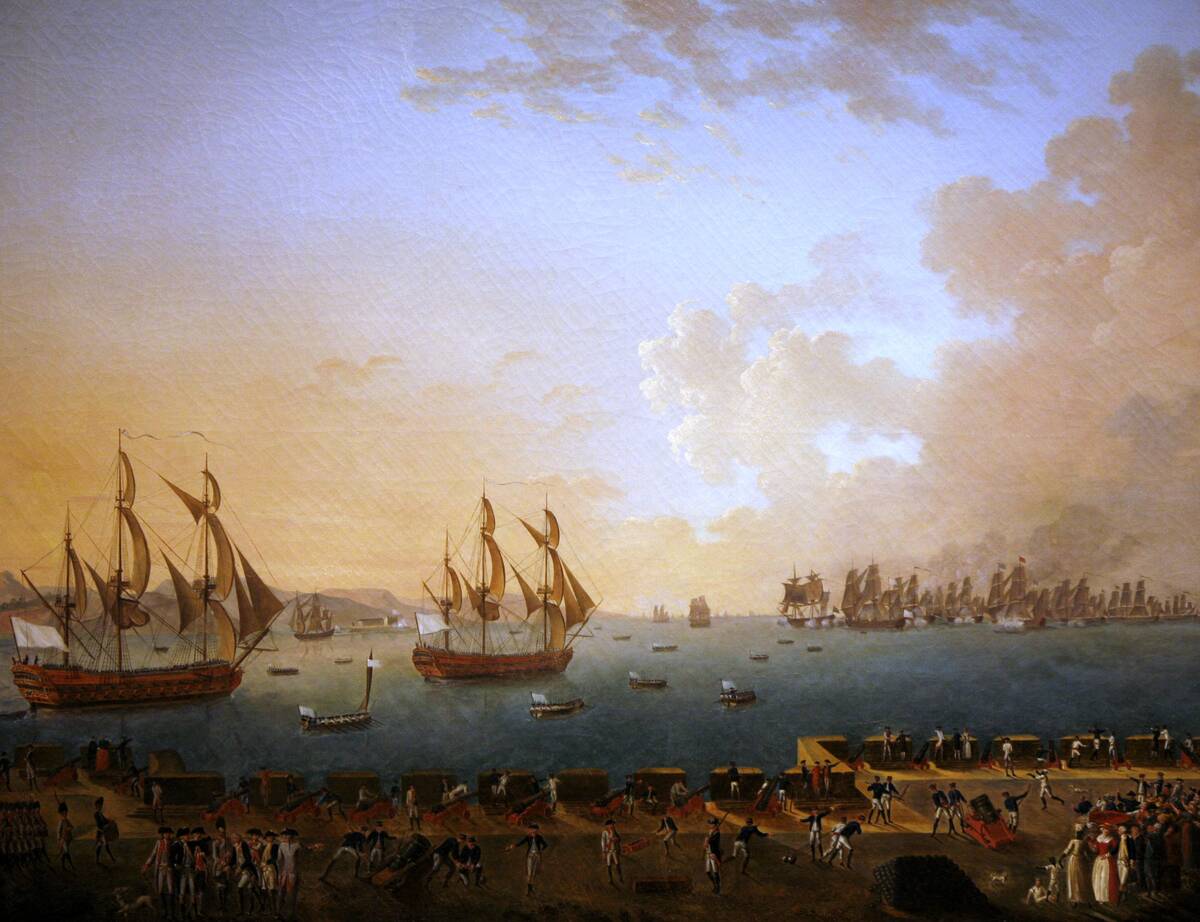
The innovations and traditions of 17th-century warships left a lasting impact on modern navies. The development of shipbuilding techniques and naval tactics during this period laid the groundwork for future advancements.
Concepts like the line of battle and the division of naval ranks have their roots in this era. The legacy of these vessels is evident in today’s naval strategies and ship designs, proving that the lessons learned centuries ago continue to influence maritime practices.



